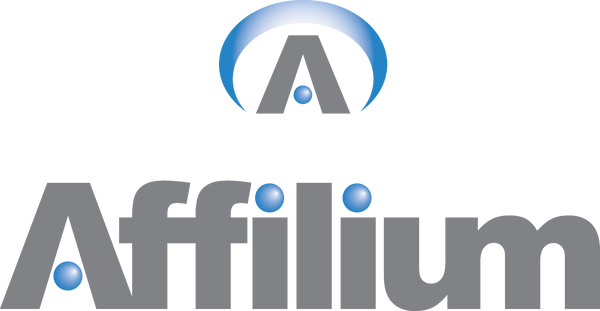Programmatic advertising has revolutionized how advertisers reach their audiences. By using automated systems to buy and sell ad space in real-time, brands can target specific audiences with precision — boosting performance and reducing wasted spend.
What Is Programmatic Advertising?
Programmatic marketing uses software to automate the buying, placement, and optimization of digital advertising. It leverages real-time data and algorithms to serve ads based on users’ behaviors, interests, and demographics — a major upgrade from traditional ad buying, which required manual negotiations with publishers.
This method is efficient, cost-effective, and available across multiple channels including:
- Display
- Video
- Mobile
- Social Media
How Programmatic Advertising Works
- Audience Targeting: Advertisers use first- and third-party data to target users based on demographics, interests, and online behavior.
- Real-Time Bidding (RTB): Ad space is bought in real-time auctions, with the highest bidder winning the placement.
- Ad Placement: Ads are delivered across websites, apps, or platforms where your audience is most active.
- Optimization: Campaigns are adjusted in real-time based on performance data — including bidding, placement, and targeting.
Benefits of Programmatic Advertising
- Precision Targeting: Reach the right audience at the right time.
- Better ROI: Reduce waste by focusing on high-value impressions.
- Automation: Save time while maintaining performance.
- Real-Time Optimization: Make decisions based on what’s working — now.
- Multi-Channel Reach: Deliver ads across web, mobile, video, and social media from one platform.
Conclusion
Programmatic advertising gives businesses a smarter way to advertise — blending automation, real-time data, and precise targeting. As tools like StackAdapt and DV360 continue to advance, the opportunity to reach customers more effectively will only grow. Whether you're a small local business or a national brand, programmatic should be part of your media strategy.

